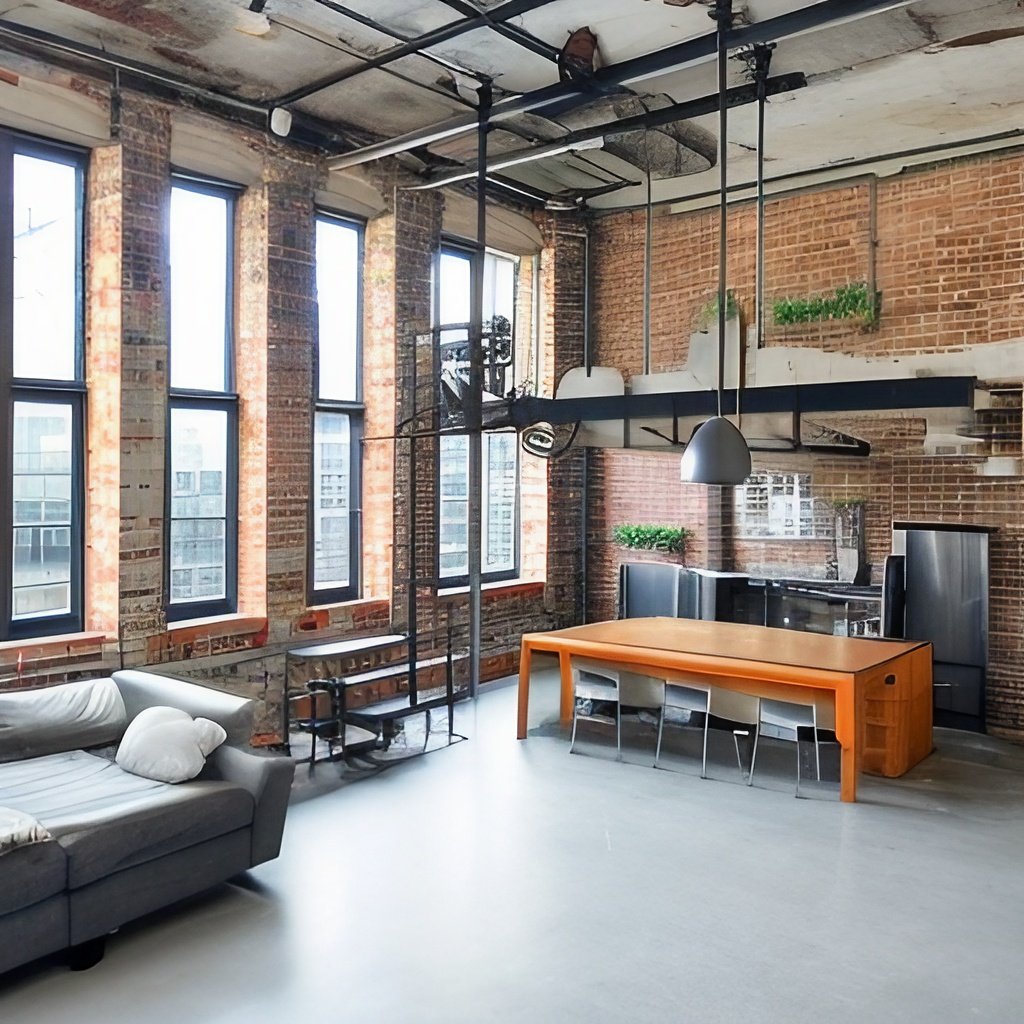Adaptive reuse of industrial buildings has become an increasingly popular trend in modern architecture, as it offers a sustainable and cost-effective solution for urban development. By converting old factories, warehouses, and other industrial spaces into modern structures, cities can conserve their architectural heritage and create new opportunities for growth and development.
The trend of adaptive reuse has been driven by the need for sustainable and eco-friendly solutions in urban development, as well as the desire to preserve our architectural heritage. Old industrial buildings often have unique architectural features, such as high ceilings, open floor plans, and large windows, that make them ideal for conversion into modern structures such as office spaces, residential buildings, or cultural centers.

The benefits of adaptive reuse are numerous and wide-ranging. It reduces the carbon footprint by utilizing existing structures instead of constructing new ones, and also helps to conserve valuable resources, such as energy and water. In addition, it can create new jobs, housing, and community spaces, as well as enhance the livability and sustainability of the urban environment.
In conclusion, the adaptive reuse of industrial buildings is an exciting trend in modern architecture that offers a sustainable and cost-effective solution for urban development. By conserving our architectural heritage and creating new opportunities for growth and development, it has the potential to shape the future of urban architecture. So, if you're interested in urban development, architecture, or sustainable solutions, be sure to keep an eye on the trend of adaptive reuse.

Immerse yourself in architecture’s most boundary-pushing ideas—where innovative home improvements meet visionary urban developments. Discover new building techniques, materials, and creative concepts that are redefining how we shape our spaces on a global scale.